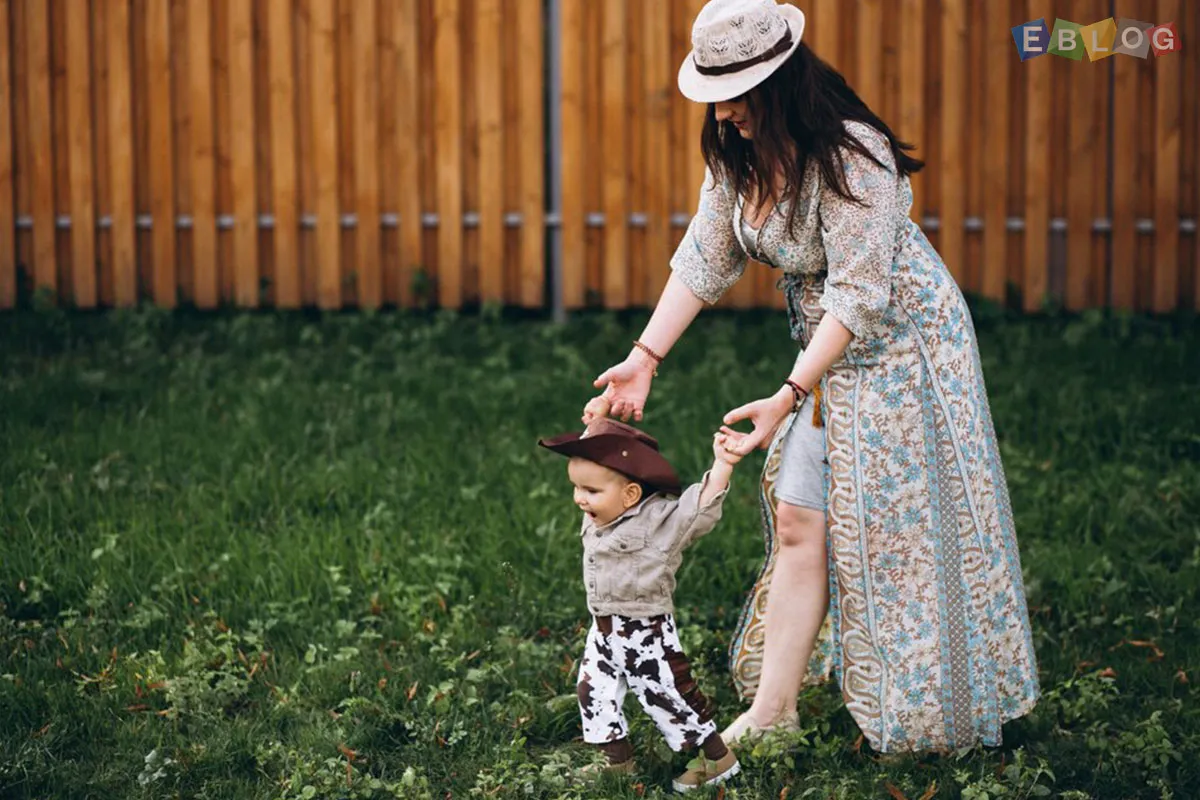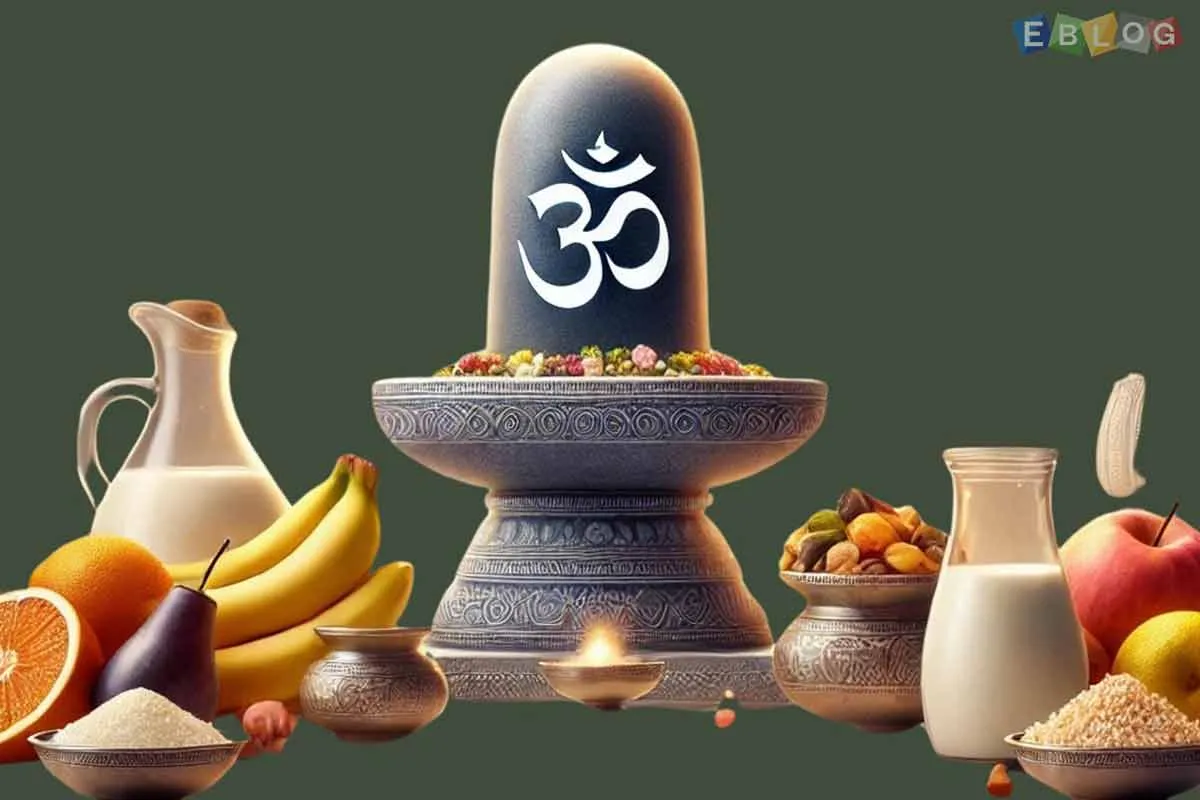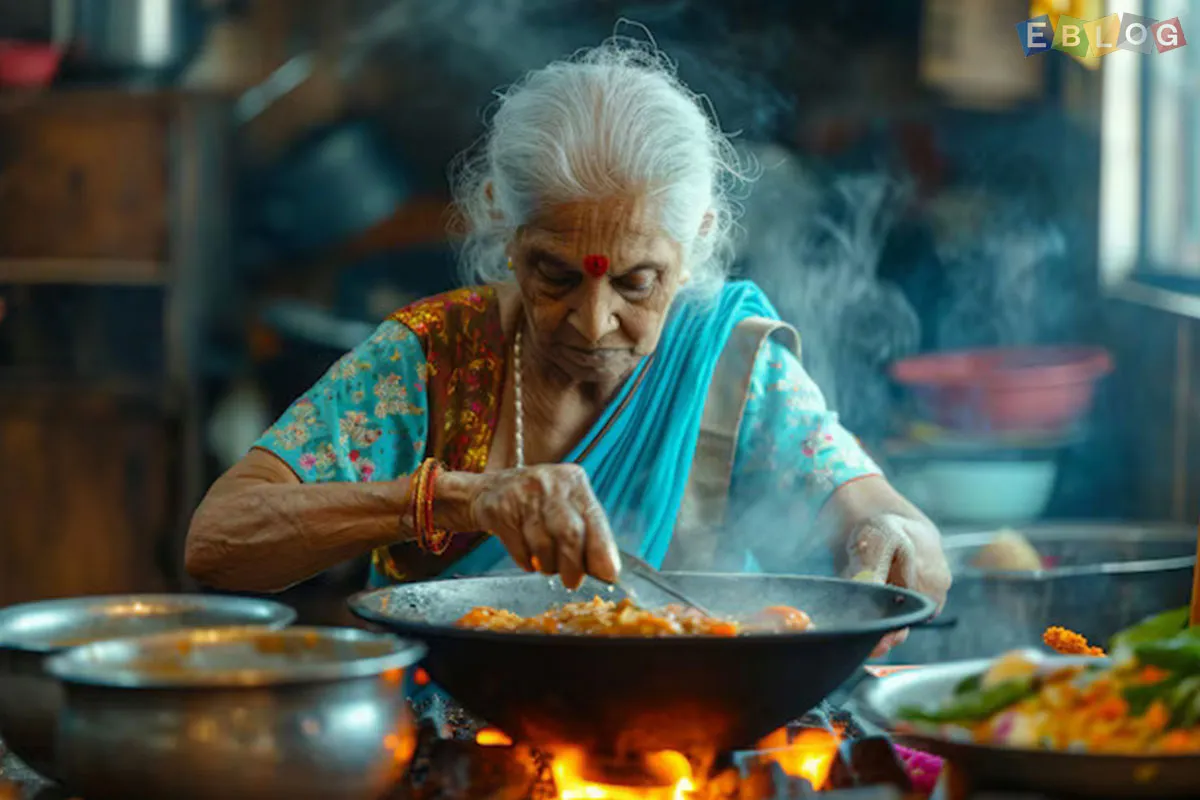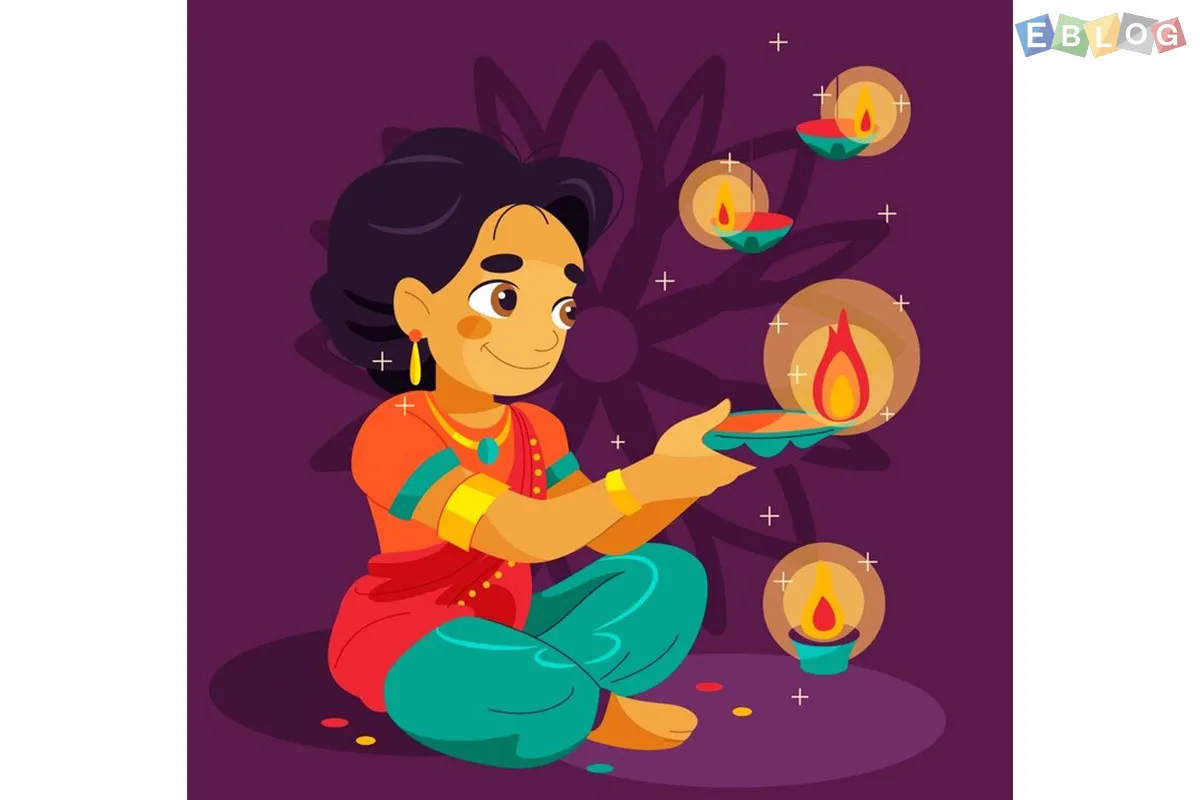
How To Make Traditional Offerings For Maa Durga
- 09 Oct, 2024
- Religious
- 501 Views
- 0 Comments
Maa Durga, the embodiment of power and strength, is revered during the festival of Durga Puja with devotion and heartfelt offerings. Preparing these offerings is a way to express gratitude and seek blessings. If you’re looking to make traditional offerings for Maa Durga, here’s a guide to help you create a meaningful and respectful experience.
1. Understanding the Significance of Offerings
Before diving into preparations, it’s essential to understand that offerings are a symbol of love and devotion. They include food, flowers, and other items that are dear to the goddess. Each offering holds its significance, so take the time to learn about what each item represents.
2. Essential Offerings for Maa Durga
Food Offerings (Naivedya)
Food is an integral part of the offerings, and it is believed that Maa Durga enjoys specific dishes. Here are some traditional items to consider:
a. Khichuri: A comforting mix of rice and lentils cooked with spices and vegetables. It’s often made during the festival as a symbol of nourishment.
b. Ladoo: Sweet treats made from various ingredients, such as besan (gram flour) or coconut. Ladoos are often favored as offerings due to their sweetness.
c. Pulao or Biryani: Fragrant rice dishes cooked with spices and vegetables or meat, representing abundance and celebration.
d. Fruits: Fresh fruits such as bananas, apples, and oranges are also offered. They symbolize purity and the natural gifts of the earth.
Flower Offerings
Flowers play a significant role in worship. Maa Durga is typically adorned with fresh flowers during the rituals.
a. Marigolds: These bright flowers are commonly used in rituals and can be strung together as garlands.
b. Lotus Flowers: Symbolizing purity and beauty, lotus flowers are a favorite among many devotees.
c. Hibiscus: Often offered to the goddess as it is considered particularly auspicious.
Other Offerings
a. Dhoop and Incense: Lighting dhoop (incense) creates a serene atmosphere and is believed to purify the space.
b. Diya (Lamp): Lighting a diya symbolizes the removal of darkness and the presence of divine light.
c. Sindoor (Vermilion): This red powder is often offered and is a symbol of marital bliss and prosperity.
3. Preparation for Offerings
Cleanliness and Purity
a. Personal Cleanliness: Ensure that you are clean before preparing the offerings. Take a shower and wear clean clothes.
b. Clean Space: Prepare the offerings in a clean space, preferably at the altar or puja area. This demonstrates respect for the goddess.
Presentation
a. Traditional Thali: Arrange the offerings on a decorative thali (plate) that represents beauty and devotion.
b. Aesthetic Arrangement: Decorate the thali with flowers, and arrange the food items neatly. A pleasing presentation enhances the offering.
4. Conducting the Puja
Setting Up the Altar
a. Create a small altar dedicated to Maa Durga, adorned with her idol or picture, flowers, and the offerings you’ve prepared.
b. Place the diya and incense holder nearby to light during the puja.
Reciting Prayers
a. Begin the puja by reciting prayers or mantras dedicated to Maa Durga. This could include the Durga Saptashati or any personal prayers you wish to offer.
b. Light the diya and incense as a symbol of your devotion.
Offering the Naivedya
a. Present the food offerings with reverence. It’s customary to offer the food first before consuming it yourself.
b. After offering, wait for a moment of silence to express your gratitude and devotion.
5. Post-Puja Rituals
Sharing Prasad
a. After the puja, distribute the remaining food offerings (prasad) among family and friends. Sharing prasad symbolizes blessings and unity.
b. Consider offering some of the prasad to neighbors or those in need as a gesture of goodwill.
Maintaining the Altar
a. Clean the altar after the puja and keep it tidy for future offerings. This shows ongoing respect for Maa Durga.
Conclusion
Making traditional offerings for Maa Durga is a heartfelt way to connect with the divine and celebrate the festival. By understanding the significance of each offering and preparing them with love and devotion, you create a beautiful experience that honors the goddess. This Durga Puja, let your offerings reflect your respect and gratitude, fostering a sense of community and spirituality.















Leave a Reply